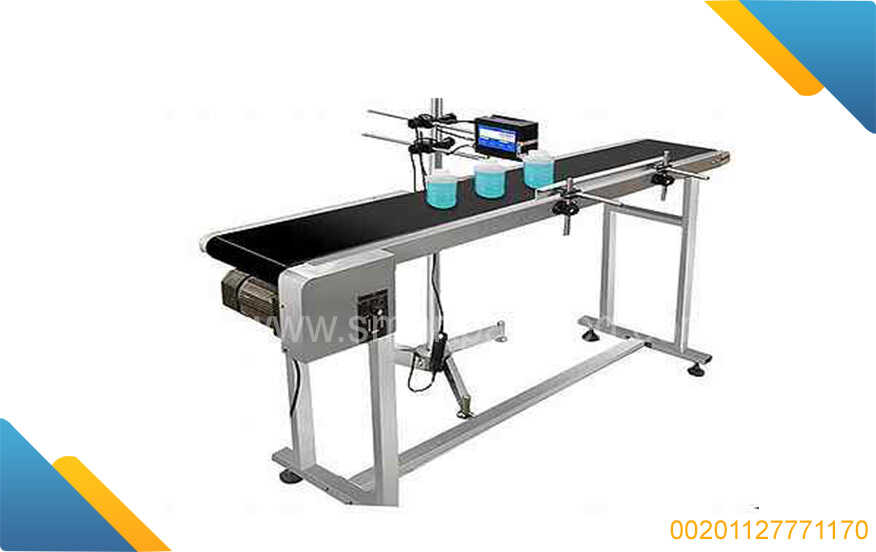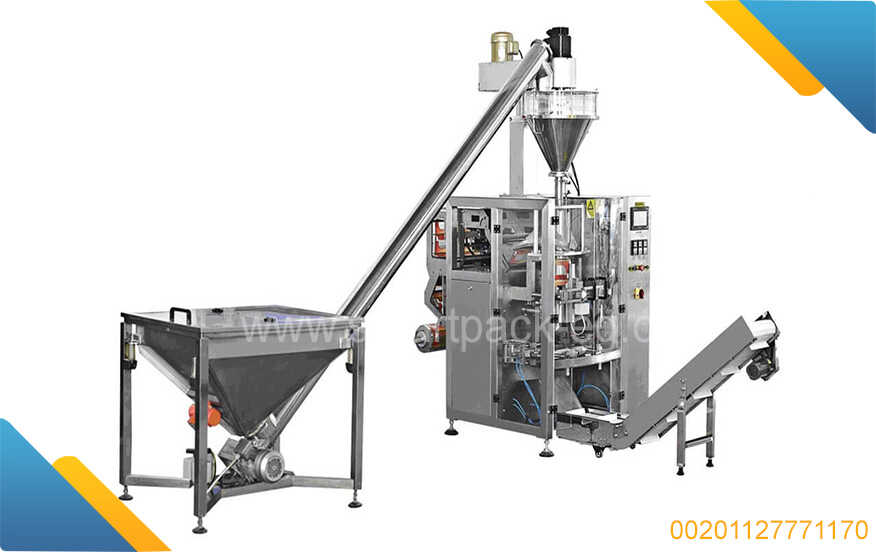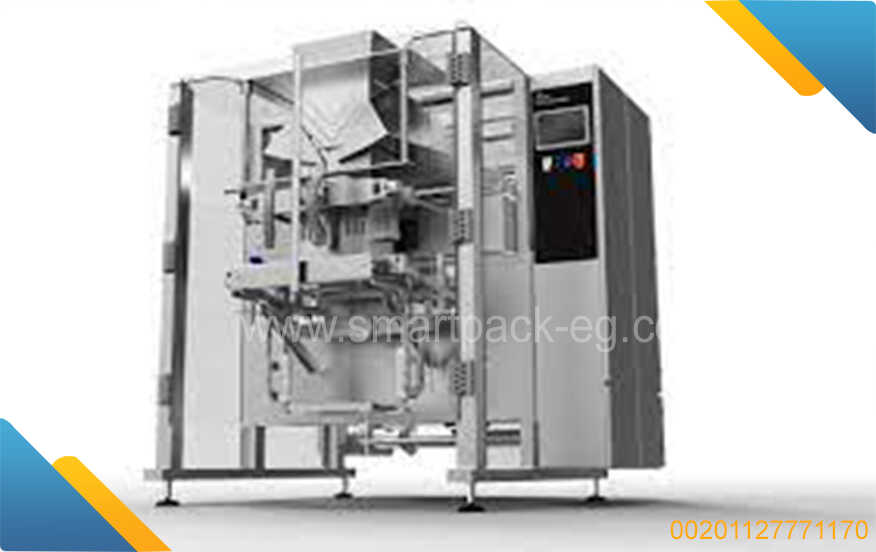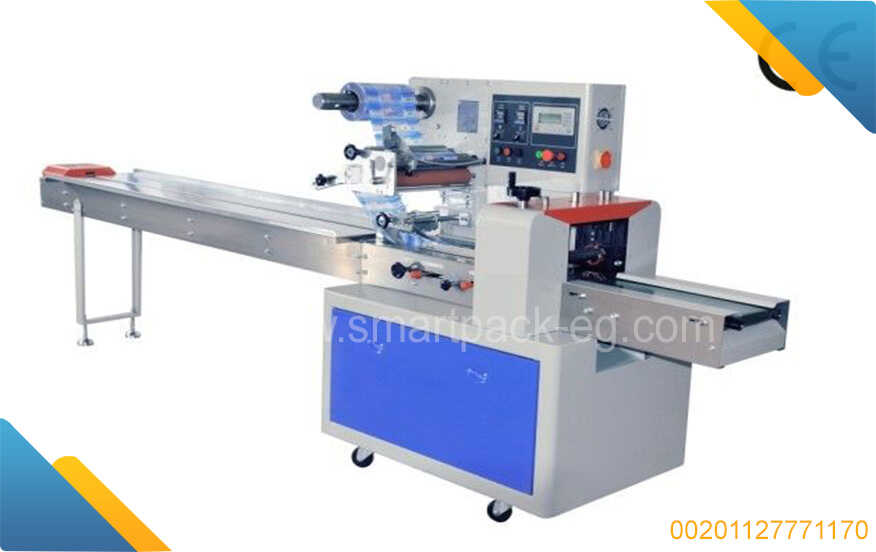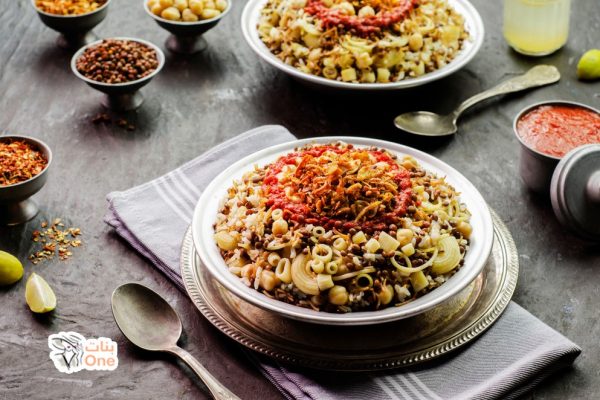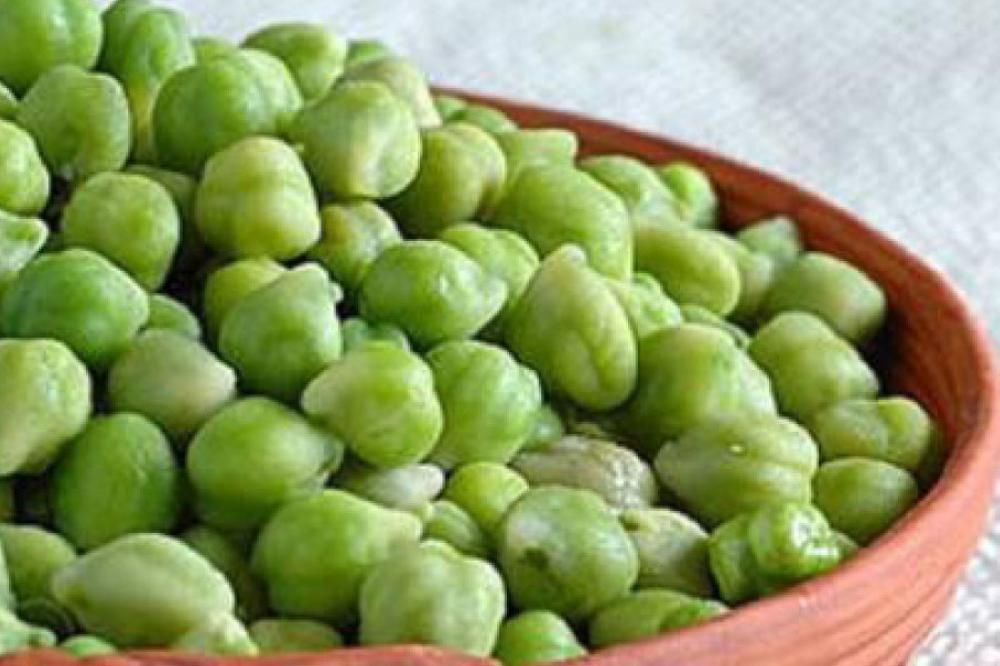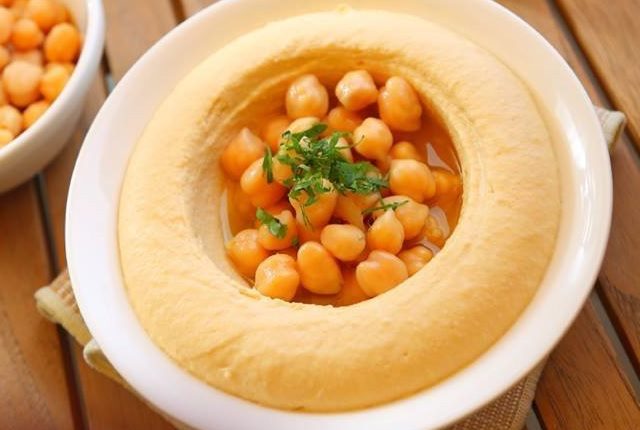How-To Guide: Cultivation, Milling, and Packaging of Different Types of Grains and Flour
Introduction:
Grains are essential crops widely cultivated around the world and serve as a primary source of nutrition for many people. This guide aims to provide you with step-by-step instructions on how to successfully cultivate different types of grains, carry out milling processes, and properly package flour.
Table of Contents:
-
Types of Grains
-
Cultivation Process
-
Harvesting and Threshing
-
Milling Process
-
Packaging and Storage
-
Types of Grains:
There are various types of grains grown worldwide, including wheat, rice, corn, barley, oats, rye, and millets. Each grain has its unique characteristics, requirements, and uses. Research the specific grain you wish to cultivate to understand its ideal growing conditions.
- Cultivation Process:
a. Soil Preparation:
Choose a well-drained soil with sufficient organic matter. Test the soil for pH levels and adjust if necessary. Prepare the land by removing weeds and debris, followed by thorough plowing, harrowing, and leveling.
b. Sowing:
Determine the ideal planting time for your chosen grain and follow the recommended spacing between seeds or seedlings. Depending on the grain type, consider sowing methods such as direct seeding or transplanting.
c. Irrigation:
Water is crucial during the germination and growth stages. Ensure proper irrigation by providing frequent, light watering at the early stages and adjusting the amount as the crop matures.
d. Fertilization:
Apply fertilizers based on soil test results or general recommendations for the specific grain. Monitor nutrient levels throughout the growing season and make necessary adjustments to achieve optimal growth.
e. Pest Control:
Implement pest control measures such as crop rotation, the use of organic/natural pesticides, or integrated pest management techniques to minimize damage caused by pests and diseases.
- Harvesting and Threshing:
a. Harvesting:
Once the grain is mature, harvest it at the appropriate time to avoid losses due to shattering or excessive moisture. Different grains have varying indicators of maturity, such as color change or hardening of seeds. Use appropriate equipment like combine harvesters or sickles to cut and gather the crop.
b. Threshing:
Separate the grains from the harvested crop through the process of threshing. This can be done manually by beating the crop or using mechanical threshers. Properly store the threshed grains in a cool and dry place.
- Milling Process:
a. Cleaning:
Before milling the grains into flour, remove impurities such as stones, debris, dust, or damaged grains using cleaning equipment like sieves, gravity separators, or air ducts.
b. Milling:
Choose between stone mills or modern roller mills for grinding the grain into flour. Adjust settings based on the desired texture of the flour - coarse for whole wheat or fine for refined flour. The process may involve multiple grinding stages to achieve the desired consistency.
c. Sifting:
Sift the flour to remove any remaining coarse particles and separate different flour grades. Use sieves or sifters with varying mesh sizes to achieve this separation.
- Packaging and Storage:
a. Packaging:
Package the milled flour in food-grade bags that are clean, pest-resistant, and have good strength to withstand handling and transportation. Ensure appropriate labeling with information like grain type, batch number, and expiration date.
b. Storage:
Store the packaged flour in a cool, dry, and well-ventilated area to maintain its quality. Protect it from direct sunlight and moisture by using sturdy shelving or pallets. Regularly monitor the storage area for pests and temperature fluctuations.
Conclusion:
Cultivating different types of grains, milling them into flour, and properly packaging the flour requires attention to detail and adherence to best practices. By following the steps outlined in this guide, you can ensure a successful cultivation process and produce high-quality grain products for consumption or commercial purposes. Remember to regularly update your knowledge and adapt practices to the specific requirements of each grain type. Happy farming and milling!

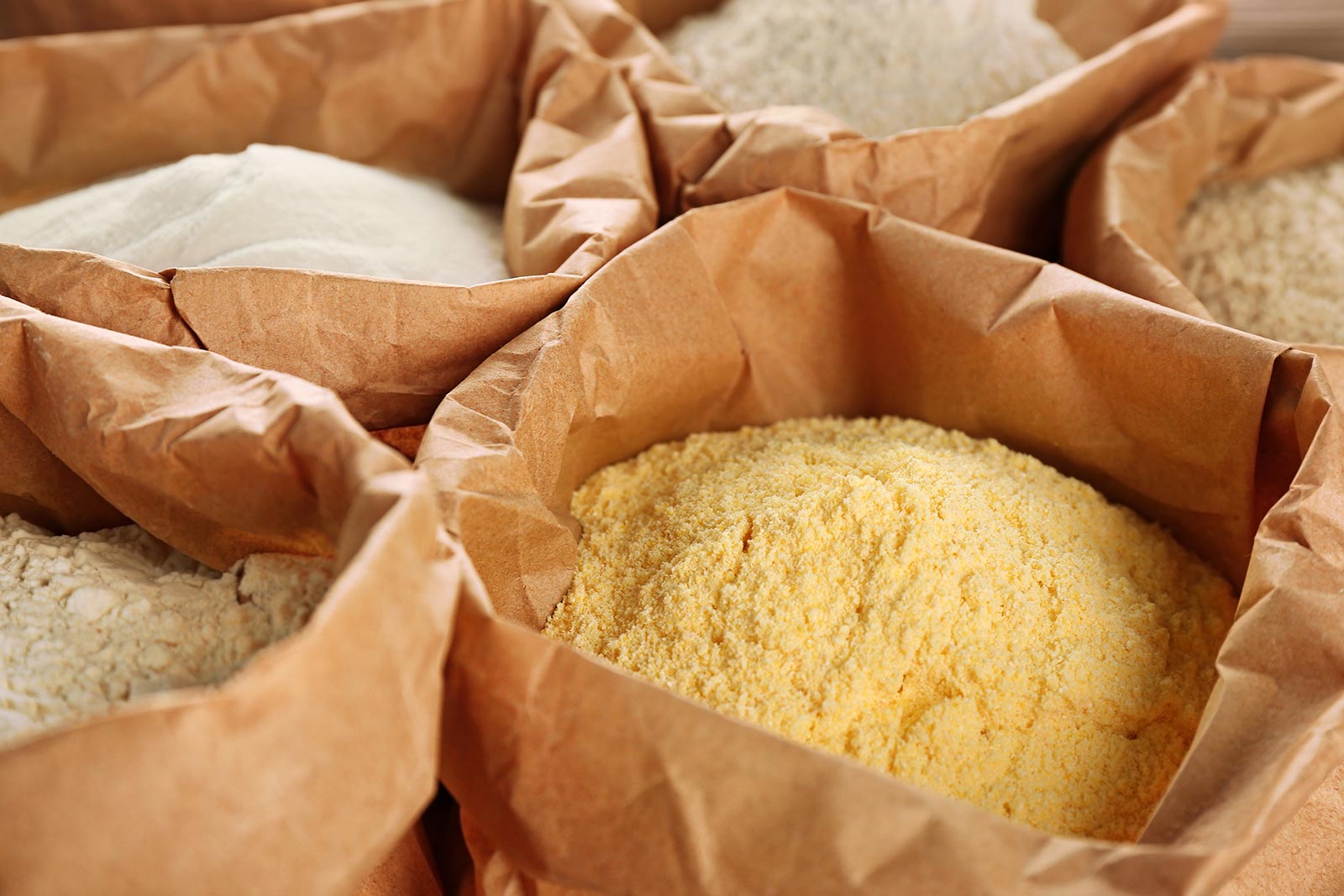
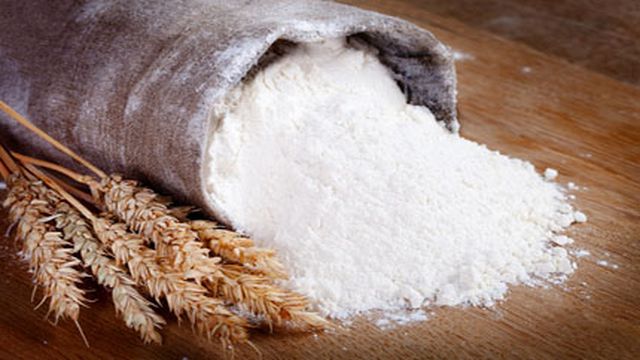
 Admin
Admin 